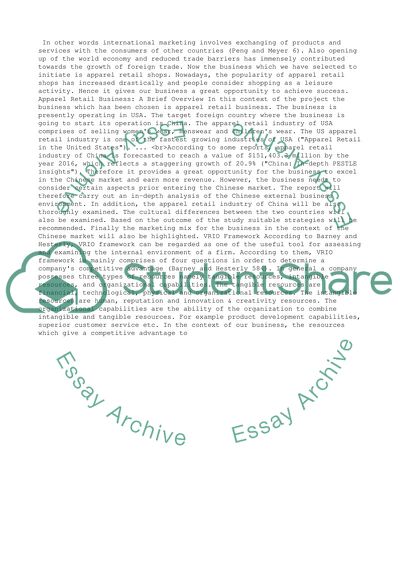Cite this document
(“International Business: Apparel Retailing Term Paper”, n.d.)
International Business: Apparel Retailing Term Paper. Retrieved from https://studentshare.org/business/1403767-selecting-a-business-and-entering-a-foreign-market
International Business: Apparel Retailing Term Paper. Retrieved from https://studentshare.org/business/1403767-selecting-a-business-and-entering-a-foreign-market
(International Business: Apparel Retailing Term Paper)
International Business: Apparel Retailing Term Paper. https://studentshare.org/business/1403767-selecting-a-business-and-entering-a-foreign-market.
International Business: Apparel Retailing Term Paper. https://studentshare.org/business/1403767-selecting-a-business-and-entering-a-foreign-market.
“International Business: Apparel Retailing Term Paper”, n.d. https://studentshare.org/business/1403767-selecting-a-business-and-entering-a-foreign-market.


